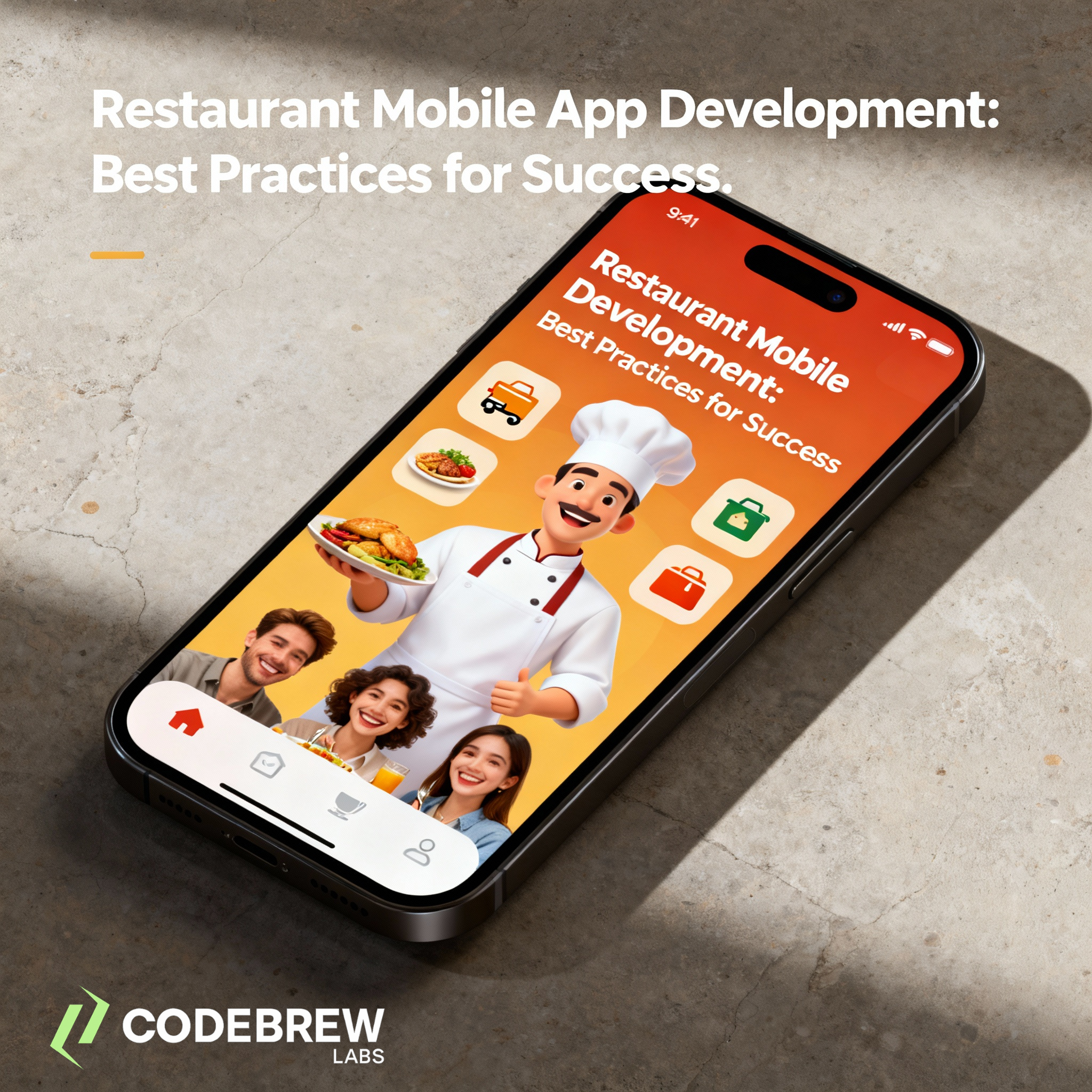Composting is a great way to reduce waste and help the environment. Many people are now switching to eco-friendly habits. One such habit is composting the materials used in daily life. This includes composting your soap packaging. This guide explains how you can compost different types of packaging materials used for soap in a natural and simple way. You will learn about suitable materials, preparation steps, and composting methods that are both eco-conscious and effective.
Understanding the Materials Used in Natural Soap Packaging
To compost packaging properly, you need to first understand what it’s made of. Most eco-friendly packaging for soap is made using paper, cardboard, or plant-based materials. These materials break down naturally when added to compost. Some may even include organic inks, glue made from plants, or biodegradable coatings.
A lot of companies now avoid using plastic in their packaging. Instead, they use kraft paper, corrugated cardboard, or seed paper. Seed paper has flower or herb seeds in it and can grow into plants after composting. These materials are not only safe for composting but also give back to the soil.
However, not all packaging is safe to compost. If your soap’s wrapper has glossy prints or a plastic lining, it may not break down naturally. Always check if the packaging is labeled compostable or biodegradable. If it’s not, it’s better to recycle or dispose of it properly.
When preparing for composting, try to remove any stickers or labels that are not plant-based. These might contain plastic or toxic inks that could harm your compost. Composting only works well when all the materials added are natural and chemical-free.
By learning the materials in your soap packaging, you can take the first step toward composting it safely. This knowledge will also help you make better choices when buying new soap in the future.
Choosing the Right Composting Method for Your Home
There are two main types of composting: backyard composting and indoor composting. Both work well, but your choice depends on your space and lifestyle.
Backyard composting is ideal for people with a garden or outdoor area. You can use a compost bin or even dig a compost pit. Natural packaging like paper and cardboard will break down easily in outdoor conditions. The heat, air, and moisture help turn the materials into healthy soil.
Indoor composting works well for apartment dwellers. You can use a composting bucket or a worm bin, also known as vermicomposting. Worms help break down organic materials faster. If your soap’s packaging is shredded into small pieces, worms can digest it just like they digest food scraps.
Each method has its pros and cons. Outdoor composting is low-maintenance and can take in larger amounts of material. Indoor composting is cleaner and more controlled but may require more care.
No matter which method you choose, it’s important to balance the mix of materials. Composting needs both greens (like food waste) and browns (like paper and cardboard). Soap packaging falls into the brown category. If you only compost browns, the process will slow down. So always balance it with greens to create rich compost.
Choosing the right method helps you manage your compost better and reduces waste in your household. With a little effort, you can compost soap packaging efficiently using whichever method fits your space.
Preparing Your Packaging for Composting
Before composting your soap packaging, a few steps need to be taken. Proper preparation ensures that the packaging breaks down faster and doesn’t harm the compost.
Start by checking the packaging for non-compostable elements. These may include plastic windows, metal foils, or glossy finishes. If the wrapper has any of these, remove them before composting. Only the plain, natural parts should go into your compost.
Next, tear or cut the packaging into smaller pieces. This helps it break down faster. Large pieces of cardboard or thick paper take more time to decompose. Smaller bits allow bacteria and worms to work more efficiently.
Also, avoid adding wet packaging. Moisture helps with composting, but too much water can lead to mold or smell. Make sure the material is dry before you toss it in.
If the packaging has food residue or soap left on it, clean it lightly. A small amount of soap won’t ruin your compost, but heavy residue can upset the balance. Rinse and dry if needed.
Another tip is to layer the packaging within your compost bin. Place it between food scraps or garden waste. This helps the air circulate better and keeps the process moving smoothly.
By preparing your packaging well, you increase the chance of producing high-quality compost. These steps are simple but make a big difference in the long run.
Using Worm Composting for Faster Results
Worm composting, also called vermicomposting, is a great way to break down biodegradable materials quickly. It’s especially useful if you don’t have a backyard.
This method uses red wiggler worms. They love to eat plant-based paper, cardboard, and food scraps. These worms turn waste into rich, dark compost known as worm castings. These castings are full of nutrients and are great for plants.
Before adding soap packaging to a worm bin, make sure it’s suitable. The packaging must be made from plain paper or cardboard. Avoid anything with dyes, coatings, or plastic. Tear the paper into tiny strips to help the worms digest it faster.
Worm bins must be kept in the right conditions. The temperature should be between 55–77°F (13–25°C). Also, the bin should stay moist but not too wet. Add shredded packaging along with kitchen scraps like fruit peels or coffee grounds. This mix keeps worms happy and active.
Turn the contents lightly every few weeks to help with airflow. This prevents odors and speeds up composting. With the right care, worms can compost your soap packaging within a few weeks.
Worm composting is clean, odor-free, and very efficient. It’s a perfect solution for those living in small spaces who still want to live sustainably.
Avoiding Common Composting Mistakes
Even though composting seems simple, mistakes can slow down the process or spoil the compost. One common error is adding too much of one type of material. Compost needs both green and brown ingredients. If you add too much paper-based packaging without greens, the compost may not heat up properly.
Another mistake is not cutting up the packaging. Whole sheets of paper or cardboard take a long time to decompose. Always tear or shred the materials before composting.
Adding materials with harmful chemicals is another big problem. Some soap wrappers are coated or printed with non-organic inks. These don’t break down and may harm your soil later. Always make sure your soap packaging is natural and safe for composting.
Too much moisture is also harmful. Wet packaging may grow mold or make the bin smell bad. On the other hand, too little moisture will stop the compost from breaking down. Keep your compost as damp as a wrung-out sponge.
Turning your compost regularly is another step many forget. Without air, the compost becomes compact and slows down. A quick mix every few weeks helps a lot.
By avoiding these mistakes, you can keep your compost healthy and productive. These small actions help you get better results and avoid frustration.
How Composting Helps the Environment
When you compost, you reduce the amount of waste sent to landfills. Packaging from soap and other household items often ends up in the trash. By composting it, you give it a second life.
Compost adds nutrients to the soil. It improves soil structure, holds moisture better, and supports plant growth. This means you’ll need less chemical fertilizer for your garden. It also helps fight climate change. Organic waste in landfills produces methane, a harmful gas. Composting stops this gas from being released.
Using compost in gardens also attracts earthworms and other beneficial insects. These creatures help plants grow and keep the soil healthy. That’s why compost is often called black gold by gardeners.
Another benefit is that composting teaches sustainable habits. It makes people think before throwing something away. Every time you compost soap packaging, you’re making a positive environmental choice.
Small daily actions, like composting packaging, lead to big environmental changes. Your efforts make a difference to the planet and help create a greener future.
Compostable vs. Biodegradable: Know the Difference
It’s easy to think compostable and biodegradable mean the same thing. But they are not exactly alike. Understanding this difference helps you compost better.
Compostable means that the material breaks down in compost into natural elements. It leaves no toxic residue and turns into healthy soil. This breakdown usually happens within a few months if composted correctly.
Biodegradable means that the material can break down over time with the help of bacteria or fungi. But biodegradable products may take years to fully decompose. Some even need special industrial settings to break down properly. Not all biodegradable items are safe for home composting.
So when you’re dealing with soap packaging, always check if it’s labeled home compostable. This ensures it will break down in your compost pile or bin safely. If it only says biodegradable, you might be better off recycling it instead.
Also, look for certifications like “OK Compost” or “BPI Certified.” These labels prove that the material meets composting standards. This way, you can trust that your compost won’t be harmed.
By knowing the difference, you can make smart and informed choices. It’s another step toward reducing waste and keeping your compost safe.
Using Finished Compost in Your Garden
Once your compost is ready, it becomes a rich soil booster. You can use it in your garden, pots, or even indoor plants. This compost is full of nutrients, improving plant growth naturally.
Start by mixing compost into your garden beds. You can spread a layer on top or mix it into the soil. Plants will absorb the nutrients slowly, improving their health over time.
You can also use it when planting new trees, flowers, or vegetables. Just add a handful of compost into the planting hole. This gives the roots a healthy start. For indoor plants, mix compost with regular potting soil. This gives your houseplants better drainage and more nutrients.
If you don’t garden, give the compost to someone who does. Local community gardens, schools, or neighbors may appreciate the gift. That way, the compost still serves a good purpose.
Finished compost smells earthy and looks like dark soil. If it still has bits of packaging or smells bad, it may need more time. Let it sit longer or sift out the larger pieces.
Using your compost closes the loop. It turns waste into something useful and shows the full benefit of composting.
Tips for Making Composting a Daily Habit
Turning composting into a habit takes time but is worth the effort. Start by keeping a small bin in your kitchen or bathroom. Use it to collect compostable waste, including small bits of packaging.
Place the compost bin somewhere easy to access. When it’s simple to reach, you’re more likely to use it regularly. Take out the contents every few days and add them to your main compost pile or worm bin.
Educate your family or housemates about composting. Everyone in your home should know what can and can’t go in the bin. This keeps the compost clean and safe.
Create a routine. You could empty your compost bin every Sunday, for example. Consistency helps form long-lasting habits.
Also, keep learning. There are books, videos, and local workshops on composting. The more you learn, the easier it becomes.
With just a little time and care, composting becomes second nature. It reduces your waste, helps the planet, and turns everyday items like soap packaging into something valuable.
Conclusion
Composting your soap’s packaging is a simple yet powerful way to reduce waste and support a healthier planet. By understanding the materials used, choosing the right composting method, and preparing the packaging correctly, you can ensure it breaks down safely and efficiently. Whether you compost in a backyard bin or a small indoor setup, your efforts contribute to cleaner soil and a more sustainable lifestyle. Turning this practice into a daily habit not only benefits the environment but also encourages mindful living. With just a bit of knowledge and routine, you can make a real difference—one piece of packaging at a time.





